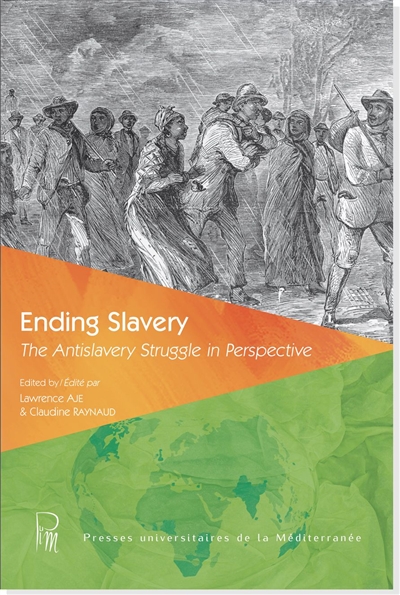par Roussillon, Sylvain (1965-....)
L'Artilleur
2020 -
-
Disponible - 973-76 ROU
Niveau 2 - Histoire
Résumé : L'auteur retrace les batailles navales et terrestres ainsi que les enjeux diplomatiques du conflit qui a opposé les Etats-Unis d'Amérique à l'Angleterre de 1812 à 1814 et qui a contribué à forger la nation américaine.

 Les bibliothèques de la ville de Paris
Les bibliothèques de la ville de Paris
 Les bibliothèques universitaires
Les bibliothèques universitaires
 La BnF
La BnF
 L'encyclopédie Wikipédia
L'encyclopédie Wikipédia
 L'Encyclopædia Universalis
L'Encyclopædia Universalis
 La bibliothèque du film
La bibliothèque du film
 La médiathèque de la Philharmonie de Paris
La médiathèque de la Philharmonie de Paris















